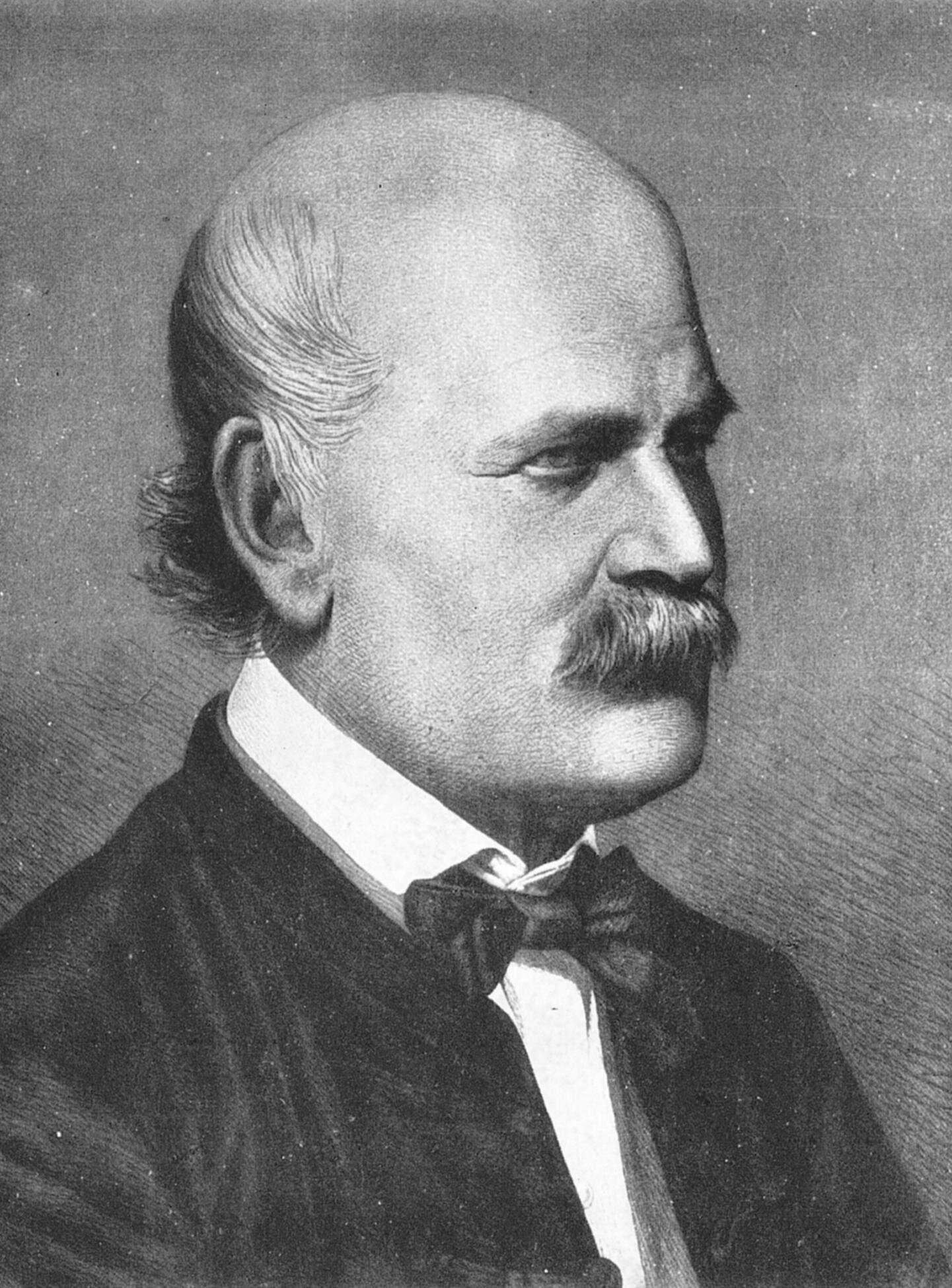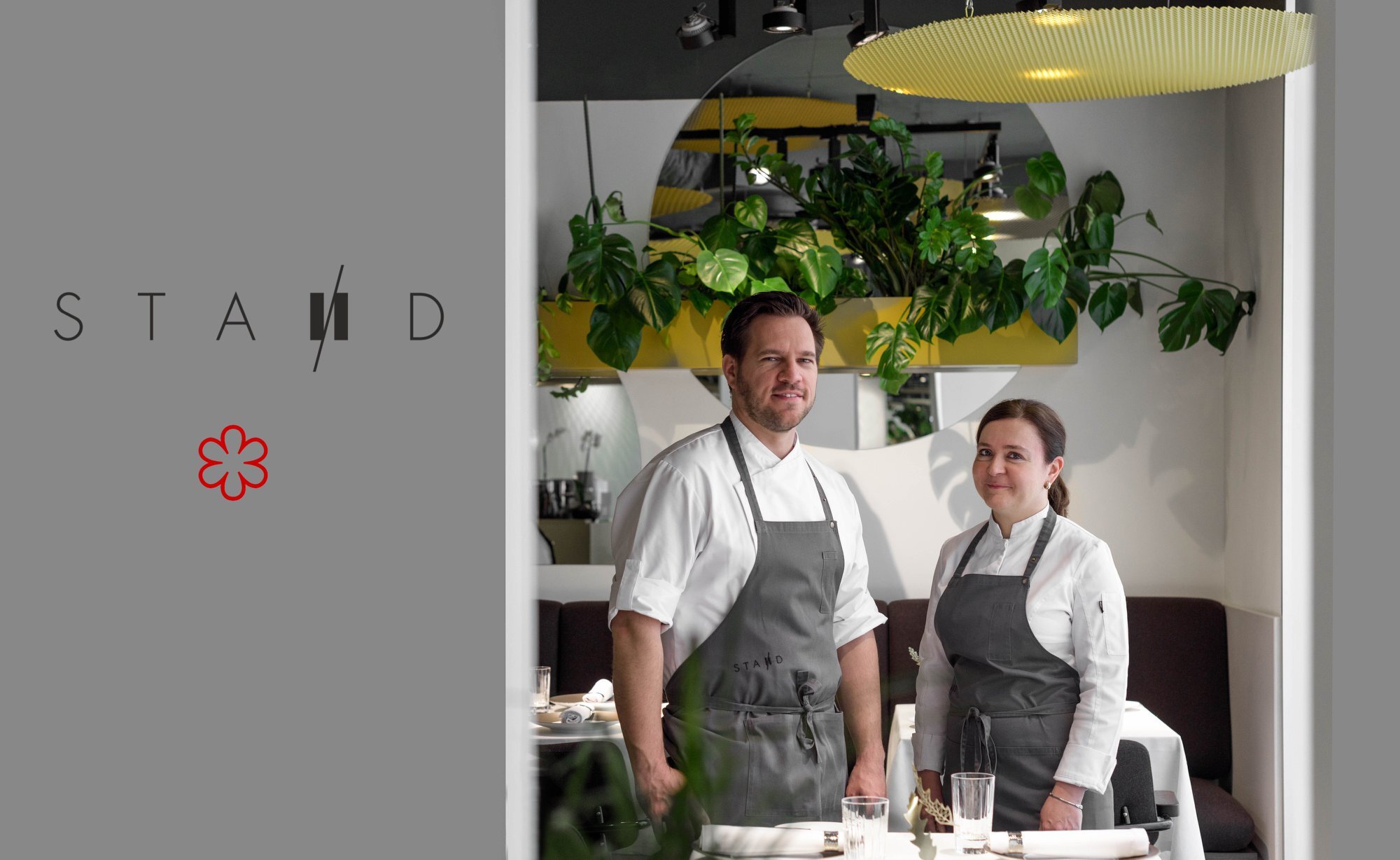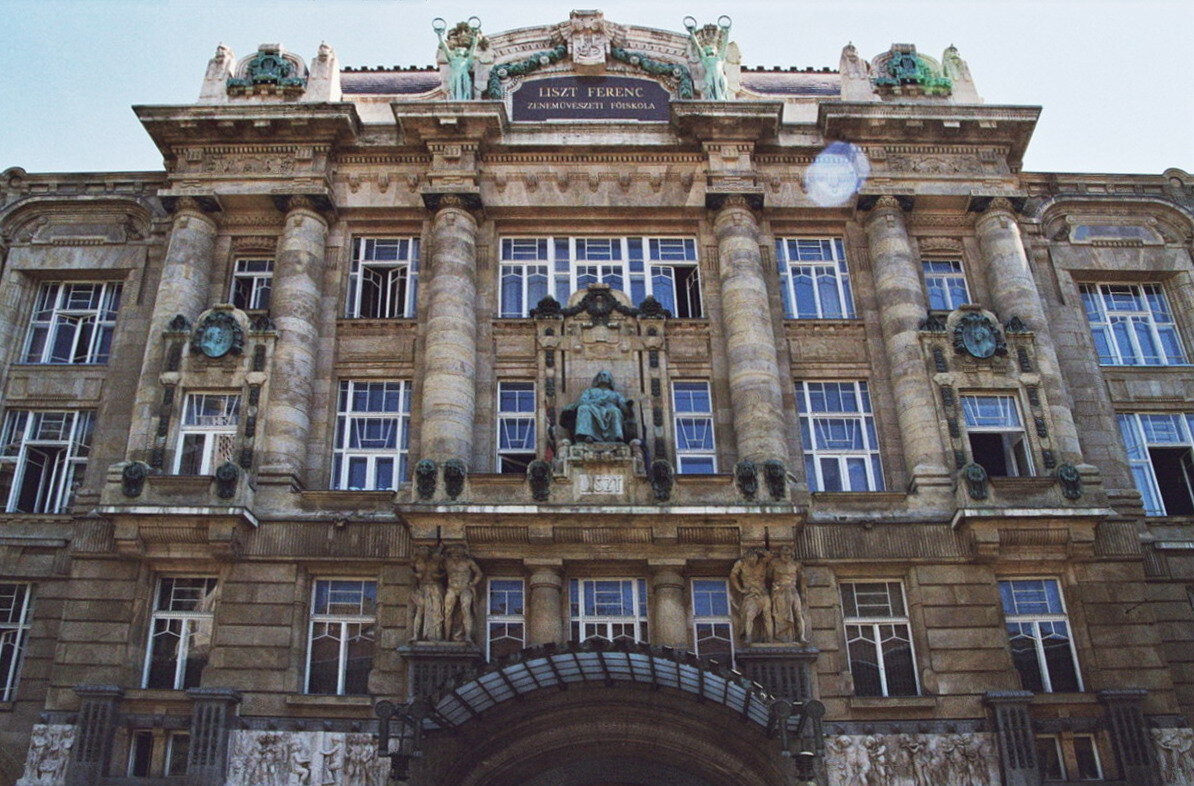The Stars Come Out: Budapest Retains all Michelin Stars
zita kisgergely
via the Borkoynha FB page
Despite the let’s say—difficult—beginning to 2020, Budapest is back on track to welcome visitors from all over the world. Cinemas are due to open, as are pools and limited seating concerts. Of course restaurants have been open for weeks now, and you can even sit indoors if you choose to.
It’s reassuring to know that while there were some permanent closures, many fine dining restaurants have re-opened, and six top-tier ones have received the good news that they retained their Michelin stars. These include Costes, Costes Downtown, Borkonyha Wine Kitchen, Babel, Stand, and the solo two star restaurant, Onyx. Fifteen Hungary-based restaurants were commended for good food, and Petrus maintained its coveted Bib Gourmand. The closest nation from the post Soviet bloc region, Poland, has but three stars.
via the Onyx Facebook page
Fine dining in Hungary has come a very long way in a very short period of time. Where stiff service and chaffing-dish food dominated the post-Socialist era, now the emphasis is on farm-sourced ingredients, elevations of traditional fare, and friendly unpretentious service. It should go without saying that local wines are showcased on most fine dining menus, and with good reason: local wine is one of the under-reported delights of culinary tourism in Hungary.
via the Babel Facebook page
Along the way, chefs like Tamás Széll and Szabina Szulló have become local culinary icons, if not celebrities. So don’t count out trying Mangalica — Hungary’s coveted fatty pork — at Borkoynha, and following it up with a prized Tokaji Aszú dessert wine this summer. But remember that we may have been on pause for a bit, but we are back, and it’s worth making a reservation.
Flatpack Films has many years of experience dedicated to offering expert servicing. It has brought the best of Hungary to countless brands, agencies, and production companies through its unique locations, exceptionally skilled crews, top of the line equipment and technical solutions. Backed by an impeccable track record, Flatpack Films has worked with world-class clients including Samsung, Samsonite, Toyota, Braun, Chivas Regal and many more - bringing their projects to life through a highly bespoke approach.

















































